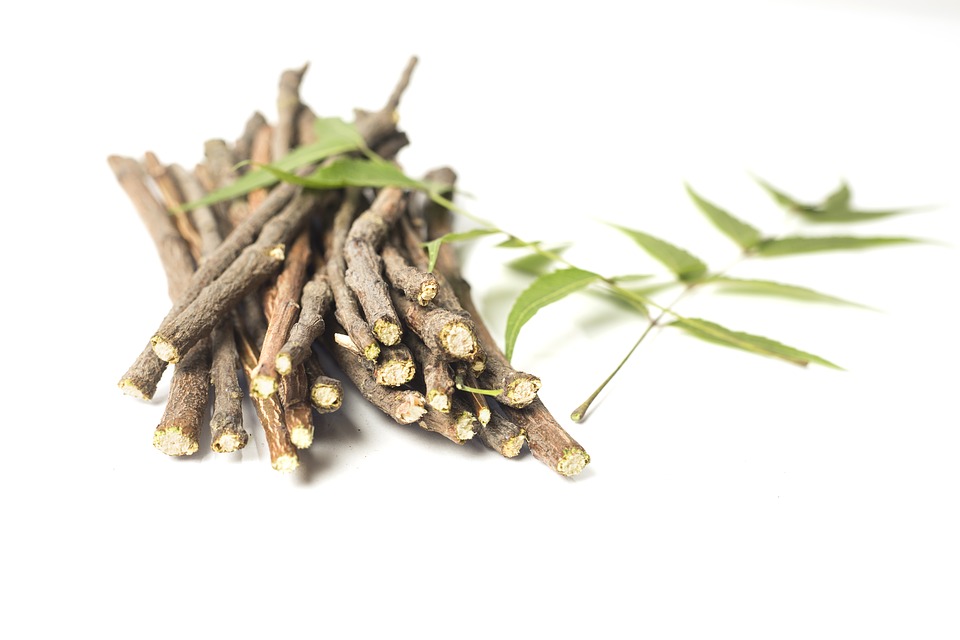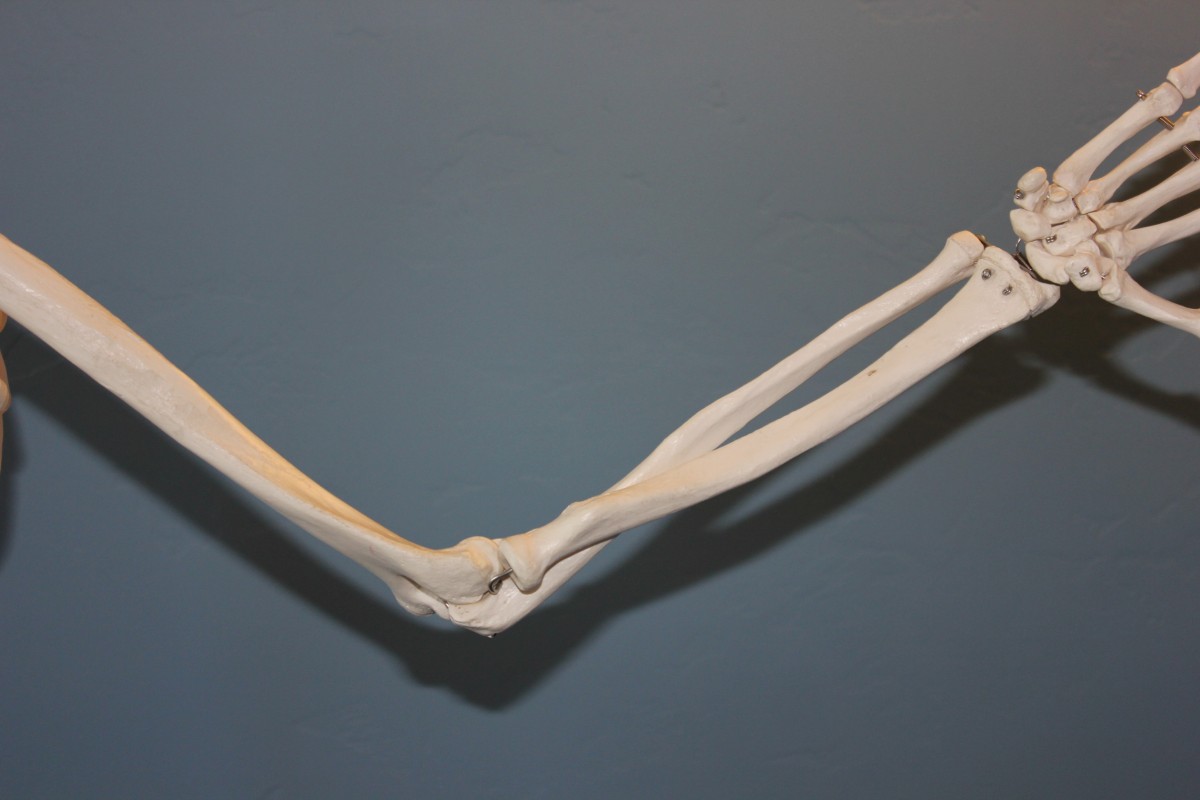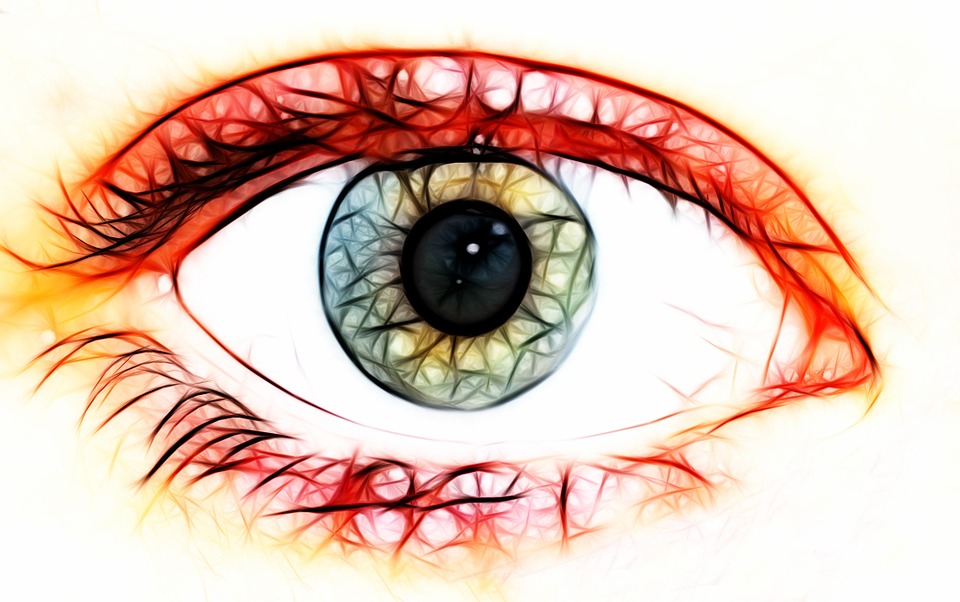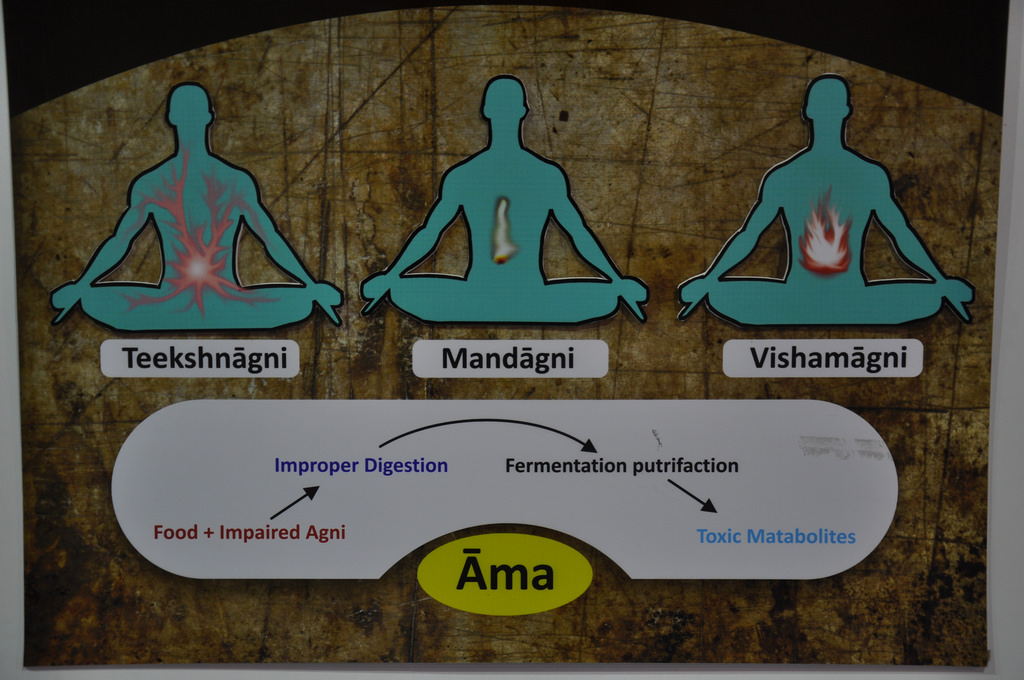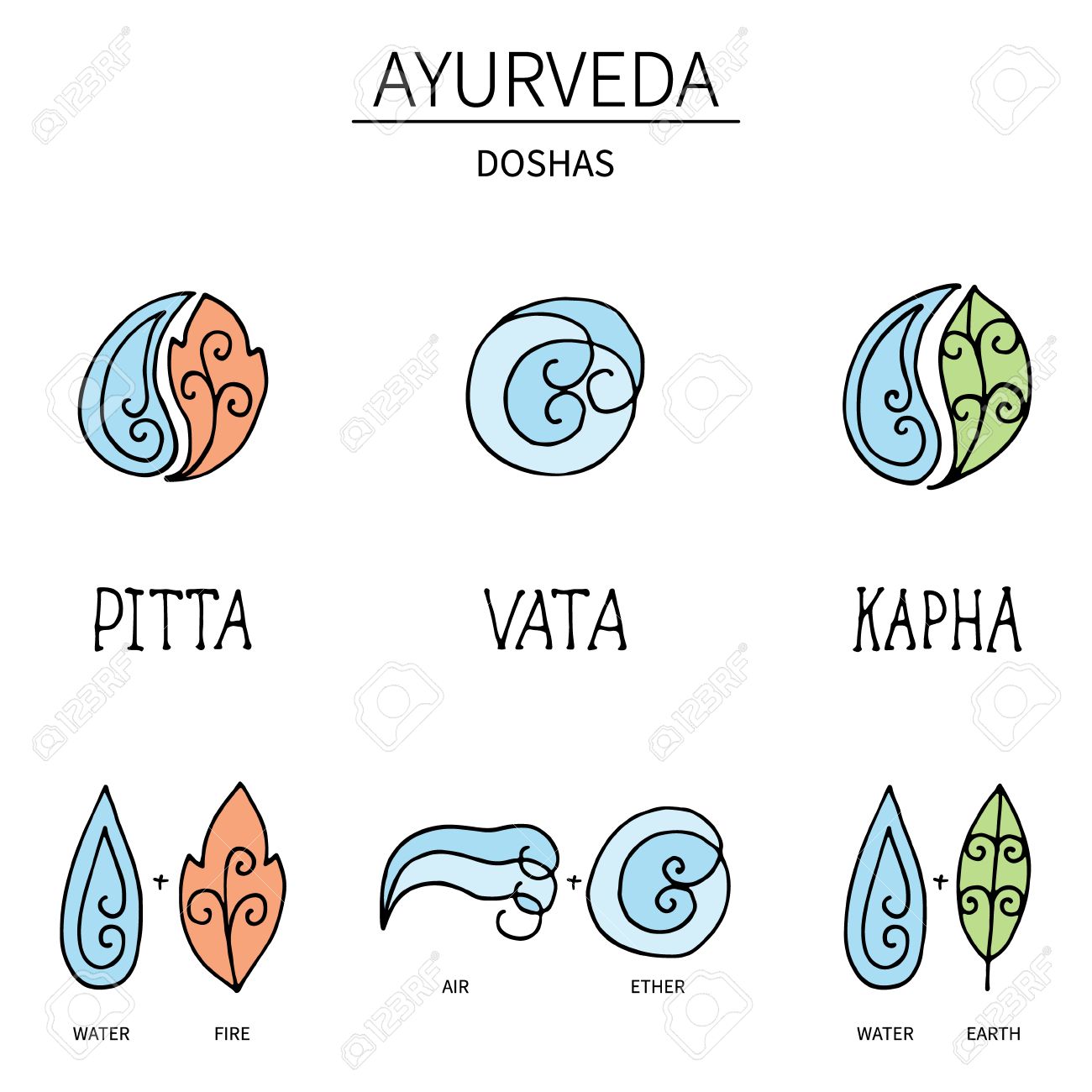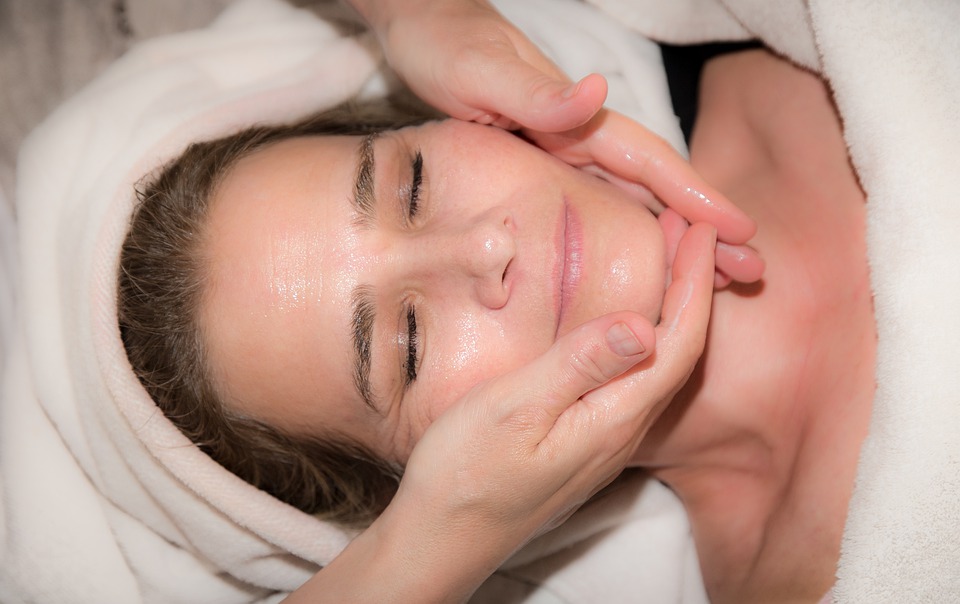Bones form the core of our body, giving every human their basic shape and size. But that’s not all! Bones have many critical roles to play; however, very often wear and tear that comes with aging starts eroding the bones, leading to multiple bone health complications, from osteoporosis and osteoarthritis to scoliosis. Very often, when my patients looking for Orthopedic Treatment Ayurveda who come to my Ayruveda hospital, Chennai with bone-related complications, they are surprised when I assess their nutrition and digestive capabilities. Interestingly, it’s not just wear and tear that’s the culprit, it’s equally the toxins that build up in the digestive system, especially the intestines, that are the culprit. So let’s find out everything there is about the framework of our body – our precious bones!
Why is bone health so important to our body?
Yes, bones form the foundation of our body, giving it shape and size and supporting the muscular tissues. But they have much greater roles to play – they protect vital organs, from the heart to the liver; they are important reserves for precious minerals such as calcium, zinc, and iron; they help in forming blood in their marrows; and they contribute to managing the sensitive electrolyte balance of the body. With Ayurveda scriptures listing many more wondrous benefits of the bones, it’s no wonder that protecting the bones is one of the prime responsibilities of the body.
Focusing on bone health
A common misconception is that you need to focus on bone health only during childhood. This wrong assumption leads many adults to ignore their calcium, vitamin D, and other bone-related needs, resulting in serious bone-related conditions. Bones work on a continuous cycle of creation, growth, death, and elimination, regenerating and healing in case of injuries such as fractures. Hence bones are robust enough to handle all the stress of daily activities. The awareness that bone health should be your focus across all ages is fast increasing, with even the ads spreading information about the need for bone nutrition, especially for women.
The relevance of bone or asthidhathu in Ayurveda
Ayurveda refers to bon as ashtidhathu and is closely related to vata roga. This is why complications in the digestive tract, especially the intestines, cause serious bone-related issues. Vata roga is related to strong intestinal health; hence the presence of ama or toxins in the intestine increases the acidity of the blood. As a result, it takes up all the available calcium to neutralize the excessive acidity. This leads to weak and calcium-depleted bones. Hence, vata imbalance causes reduction in asthidhatu, resulting in osteoporosis and we cover these in orthopedic treatment Ayurveda.
How can you ensure bone health with nutrition and lifestyle changes?
A strong bone-friendly diet and following a healthy lifestyle are critical to ensure that your bones are well taken care of at all times.
Nutrition
Your nutrition should include Vitamin D and calcium-friendly food items – often related to the air and earth, which essentially mean leafy vegetables, grains, sesame, ghee and coconut oil. In addition, bones also require minor amounts of vitamin K and other minerals. However, do not go overboard with self-medication since excess of anything can also be harmful. Hence look for natural ways of supplementing your bones with the required nutrition. Quality time in the sun can also help provide the much-needed Vitamin D, for instance. Hence take the guidance of your Ayurveda doctor before you start on any nutritional support approach.
In orthopedic treatment Ayurveda, we will find different body constitution requires different nutrition to support the bones. For example, people with a predominantly vata constitution require food rich in calcium to sustain their bones, so they have to include curd, root vegetables, sesame, and other nuts in their diet. People with pitta-based constitutions should include legumes such as beans, citrus fruits such as oranges, and kale in their diet, while those with kapha-based constitution should include green vegetables such as ladies finger and legumes.
Herbal formulations
Your Ayurvedic doctor, after a detailed assessment of your current bone health, could recommend appropriate Ayurveda formulations that help restore bone strength or support bone growth in case of fractures. Common examples include guggulu, ashwagandha, and triphala.
Caring for the intestine
Since intestinal health is closely related to bone health, ensure that you pay attention to nourishing your digestive system and hydrating your body carefully. Stay away from junk food and spicy food. Sesame, milk, curd, and many other food items are known to have probiotic effect on the intestinal flora.
Healthy lifestyle
Promote a healthy lifestyle that’s bone friendly. Adopt yoga or a physical activity without straining your body too much so you do not risk bone disorders with a sedentary lifestyle. Get enough sunlight and stay away from smoking, alcohol, and substance abuse.
Maintaining bone health is a critical responsibility that all of us owe to our body – with the right amount of exercise, nutrition, and physical activity, you will easily be able to ensure that your bone stays fit and healthy throughout your lifetime.
Contact me for any questions related to bone health, bandage, orthopedic treatment Ayurveda you have about bone health. You can connect with me at http://www.miayurveda.org/ Ayruveda hospital , Chennai or call me at +91-9444615161.


